Looking for a new way to power your Raspberry Pi? The raspberryHy project aims to develop a small fuel cell designed for powering the credit card sized computer. It adds a proton exchange membrane (PEM) fuel cell, a battery, and custom control electronics to the Pi.
The system takes hydrogen in from a compressed hydrogen cartridge and feeds it through a regulator. This passes the hydrogen into the PEM fuel cell at the correct pressure, and creates a potential. The control electronics boost that voltage up to the 5 V required on the Pi’s USB port. There’s also an electronically controlled purge valve which periodically exhausts the fuel cell.
There’s a few reasons you might want to run your Pi with hydrogen. Run time of the fuel cell is limited only by the amount of hydrogen you can store. In theory, you could connect a large cylinder for very long run times. Combined with a battery, this could be quite useful for running Pis in remote locations, or for long-term backup power. The raspberryHy will be presented at Hannover Fair 2014 this month.


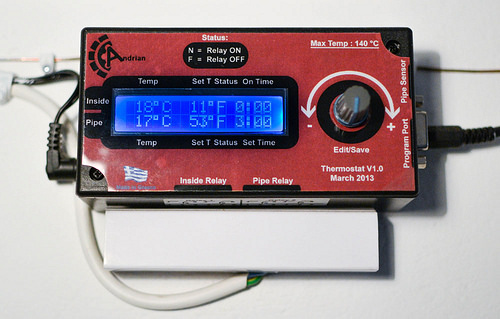
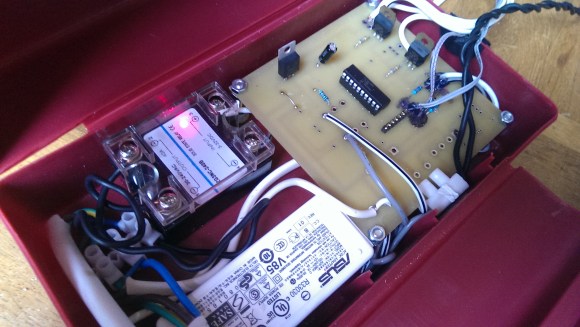 [Michiel] likes to wash his clothes in warm water. Like a lot of machines, his draws from the cold water line and heats it electrically. Gas is much cheaper than electricity in the Netherlands, so he wanted to be able to heat the water with gas instead. Hot-fill machines already exist, but few models are available and they’re all too expensive. [Michiel] rolled up his sleeves and
[Michiel] likes to wash his clothes in warm water. Like a lot of machines, his draws from the cold water line and heats it electrically. Gas is much cheaper than electricity in the Netherlands, so he wanted to be able to heat the water with gas instead. Hot-fill machines already exist, but few models are available and they’re all too expensive. [Michiel] rolled up his sleeves and 
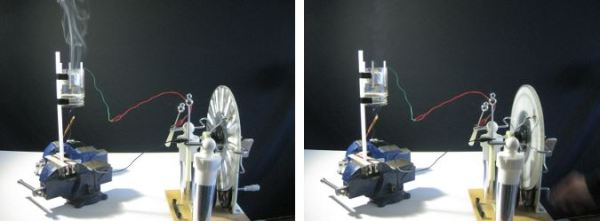
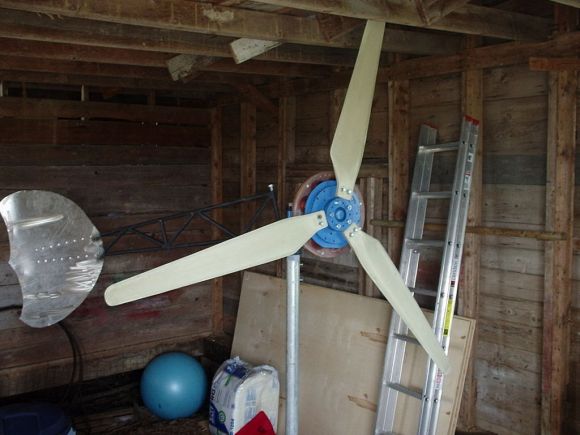
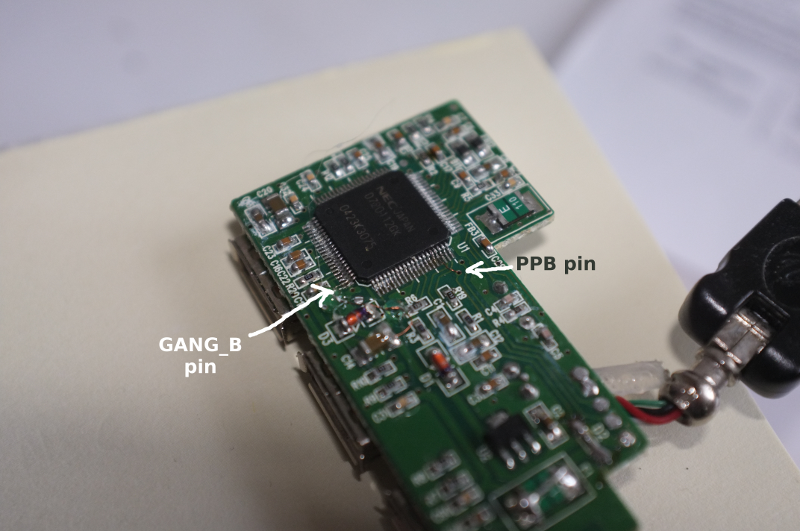 [Befi] wanted to add a second stage backup disk to his ODROID embedded-board server, which typically draws ~1.5W at idle. After adding the disk, he saw power consumption increase by 2W when the new disk wasn’t spinning. He thought about using one of those USB hubs with the adorable little rocker switches for each port and replacing them with transistors, but that was going to be messy. After some poking around in the USB standard, he found that most support per-port power switching (PPPS), and set about to
[Befi] wanted to add a second stage backup disk to his ODROID embedded-board server, which typically draws ~1.5W at idle. After adding the disk, he saw power consumption increase by 2W when the new disk wasn’t spinning. He thought about using one of those USB hubs with the adorable little rocker switches for each port and replacing them with transistors, but that was going to be messy. After some poking around in the USB standard, he found that most support per-port power switching (PPPS), and set about to 








